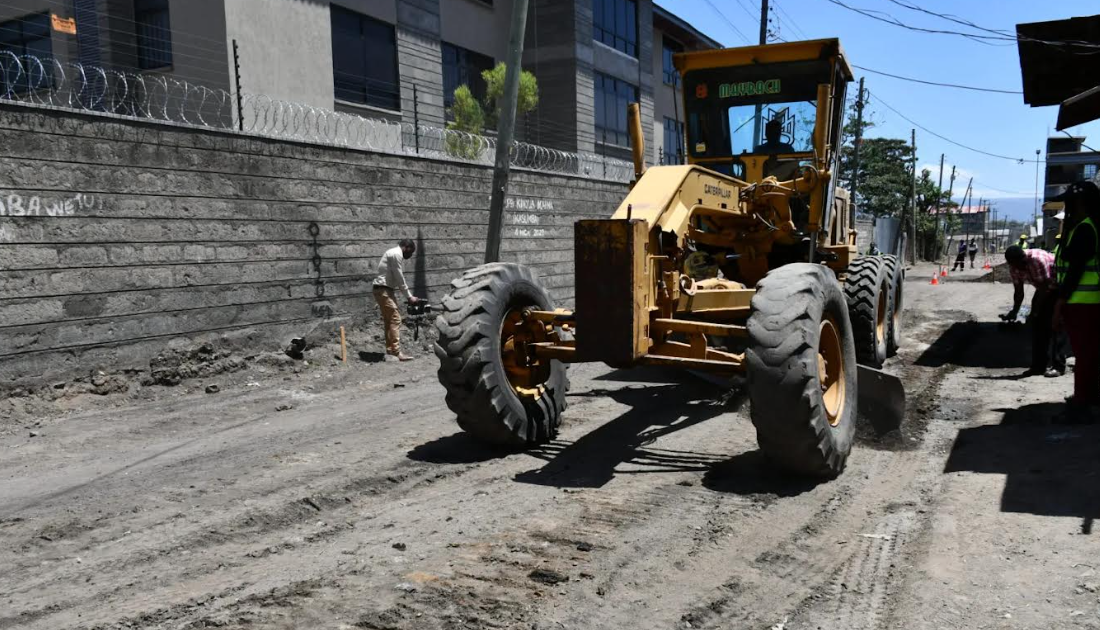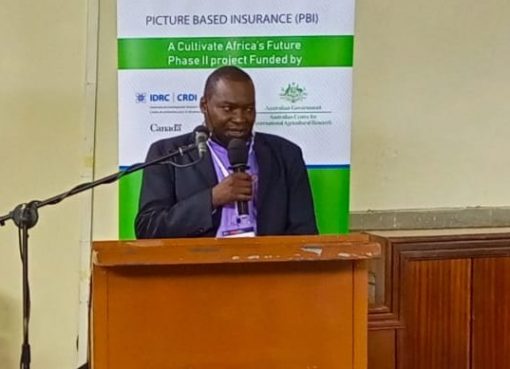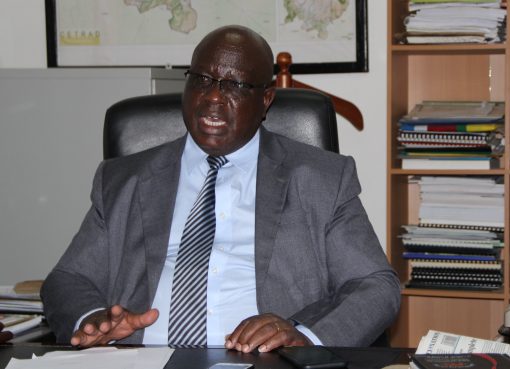The State Department of Housing and Urban Development has channelled Sh1.3 billion towards upgrading four informal settlements in Nakuru under the second phase of the Kenya Informal Settlement Improvement Programme 2 (KISIP).
The County Chief Officer for Housing and Urban Planning, Mr. Kamau Kuria, explained that the upgrade project, set to be completed by January 2025, will be a game changer in the low-income settlements of Kwa-Murogi, London, and Lake View within Nakuru Town and Karagita slums in Naivasha.
The state, under the World Bank-funded program earlier this year, granted the County Government of Nakuru Sh500 million towards ongoing projects to improve access to basic services in the four settlements, which were afflicted by bad road networks, acute shortages of water, and poor sewerage and drainage systems.
The initiative, besides slum upgrading, is also targeting improvement of drainage infrastructure, waste management, improvement of roads in the slums, and installation of street lighting and high mast flood lights.
The chief officer said the county’s administration, in collaboration with development partners including the State Department of Housing and Urban Development and the World Bank, had also finalised designs towards upgrading Kapkures and Kiratina slums in Nakuru municipality, Mwisho wa Lami settlements in Njoro Sub-County, and Tayari low-income settlements at an additional cost of Sh800 million.
Speaking after inspecting the ongoing projects in the four settlements, Mr. Kuria said the initiative also entails the issuance of title deeds, the laying of sewerage lines, and water connectivity, among others.
He assured the residents that both the KISIP National Project Coordination Team (NPCT) and the County Project Coordination Team (CPCT) were working closely to ensure that proper project scope was captured by the project consultants so as to ensure the beneficiaries get value for money.
Kuria added that the County Government was also mapping out possible areas of extension of trunk infrastructure to the settlements to enable access while focusing on investment and socio-economic support for the dwellers.
The chief officer, who also doubles up as the CPCT Coordinator, noted that the team of experts from Nakuru Municipality, Environment, Social Services, Roads and Infrastructure, Land Physical Planning, Urban Development, as well as Supply Chain and Accounting personnel, were ensuring that the project is a success and that the residents benefit.
The first phase of KISIP saw Nakuru County receive a Sh429.7 million grant from the World Bank that was majorly channelled towards improving the drainage infrastructure, waste management, and tarmacking of roads in eight slums, as well as the installation of flood lights, elaborated the county official.
The slums that benefitted in the first phase included Kaptembwa, the biggest in Nakuru Town with a population of over 120,000. Others were Kivumbini, Lake-View, Kwa-Ronda, Flamingo, Kaloleni, and Bondeni.
Mr. Kuria indicated that the upgrade was coming at a time when Governor Susan Kihika’s administration had started an ambitious plan to redesign Nakuru town as part of a master plan that seeks to improve its face and decongest the town.
In consultation with the community, Mr. Kuria indicated that the County Project Coordination Team (CPCT) was supporting the planning, surveying, and issuance of land documents for residents of these informal settlements to enable them to invest while strengthening the capacity of county officers to deliver on their mandates.
Phase I also delivered title deeds under the tenure of the security component in Tarabete, Keringet, Kasarani, Eastleigh, Kongasis, and Crater Lake.
The chief officer said that KISIP 2, which is domiciled at the State Department for Housing and Urban Development, was a game changer in improving the general living conditions through access to basic services and land tenure security for thousands of residents living in informal settlements across Nakuru County.
“This project has restored hope to the hopeless and given many a reason to dream again of living in sustainable communities within the urban areas of Nakuru,” said the Chief Officer.
He stated that tarmacking of a 950-meter-long road and 6-meter carriageway in Lake View was 90 per cent complete, while works on a 1.2-kilometre road construction and 2.4-kilometre walkway improvement had kicked off in Kwa-Murogi slums.
Mr. Kuria indicated that they were also working on a 1.2-kilometre project and a 300-meter sewerage network in London Estate. He affirmed that the projects would be completed with the stipulated timelines of one year.
According to KISIP National Project Coordinator George Arwa, more than 400 informal settlement schemes in the country are set to benefit from the Sh31.7 billion multilateral donor funding to provide low-cost housing and general infrastructure improvement, among other crucial amenities.
The funding has been given out by the World Bank ($150 million, translating to Sh24.1 billion) and the French Development Agency (43 million Euros translating to Sh7.6 billion) and will address infrastructure, water, lighting, and social inclusion in slums spread across 33 counties.
Mr. Arwa indicated that the upgrade designed by the World Bank seeks to enhance land tenure security and improve infrastructure and services such as roads, drainage, pedestrian walkways, and water connections.
The project further seeks to link beneficiaries to socio-economic opportunities and build the capacity of national and county governments to develop and implement slum upgrading and prevention policies and strategies.
He observed that urban population in developing countries like Kenya was increasing at an alarming rate; by 2020, Kenya had witnessed close to 7.6 million of the urban population living in slums, while in Sub-Saharan Africa, it was estimated that more than 230 million urban populations currently live in informal settlements.
“KISIP project seeks to supplement the National Government efforts to provide affordable housing,” said Mr. Arwa.
Mr. Arwa noted that KISIP is mandated to upgrade informal settlements by designing a national strategy to look into ways of creating formal structures, adding that the strategy will be cascaded and adopted by counties in order to address the issue of informal settlements where people live in degrading conditions.
A recent study by the State Department for Housing and Urban Development identified 1,400 informal settlements in the country, and this number is said to be growing. It also indicated that 65 per cent of Kenyans living in urban areas live in slums where they can’t access basic services and amenities, are prone to rising cases of violence and crime, and pay a premium price to access services such as water and electricity.
By Esther Mwangi and Meggy Njoki





